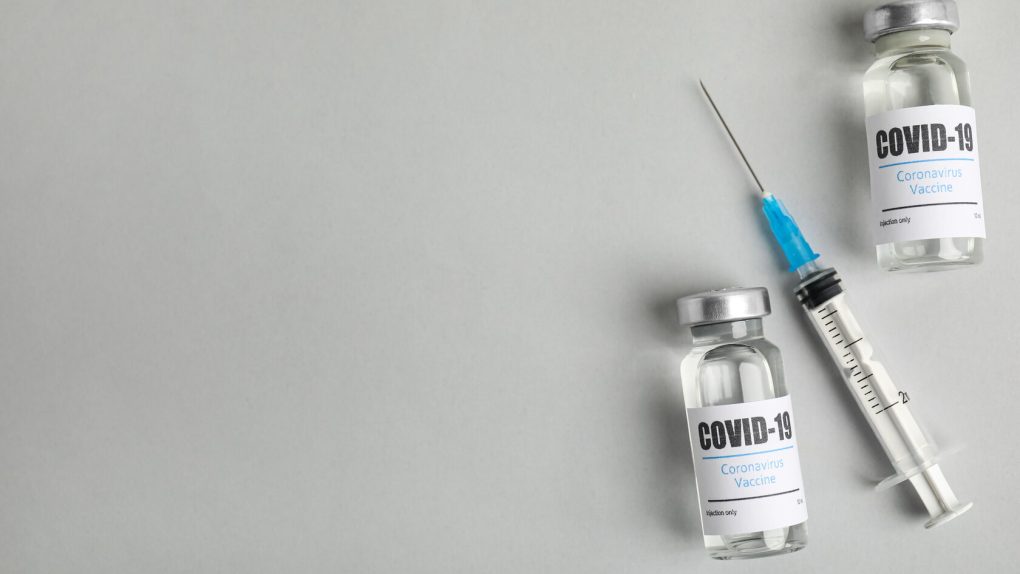- The rollout of the coronavirus vaccine continues to be a bit bumpy in the US, bogged down by everything from states having complex recipient tiers to follow, to supply limits.
- President-elect Joe Biden delivered remarks on Friday that laid out his plan to significantly improve the COVID vaccine rollout after next week, when he and Vice President-elect Kamala Harris take office.
- Meanwhile, interim findings associated with Johnson & Johnson’s coronavirus vaccine trial show significant promise, suggesting that yet another COVID vaccine will receive authorization in the US soon.
News surrounding the coronavirus vaccine continues to mount, with the end of the week bringing a number of new developments — including the Trump administration misleading the nation about the size of the US vaccine stockpile to President-elect Biden unveiling more details of his comprehensive national COVID vaccine strategy. The latter, among other things, will involve prodding the states to ditch complicated tiers and will make more vaccine sites and federal resources available so that the vaccination pace is dramatically stepped-up. As to the former, it appears the Trump administration either outright lied or badly bungled (or some combination of the two) when it comes to the US vaccine reserves.
Trump administration Health and Human Services Secretary Alex Azar had announced on Tuesday that the administration would be “releasing the entire supply (of vaccine) for order by states, rather than holding second doses in reserve.” Except, whoops — according to what a senior administration official told CNN, what reserve we had has been used up already. At least the vaccine news isn’t all bad — just look at new trial data published earlier this week in the New England Journal of Medicine regarding the safety, efficacy, and potential side effects of Johnson & Johnson’s new single-dose coronavirus vaccine.
According to the trial findings, Johnson & Johnson researchers had randomly assigned a little more than 800 participants to get either a high or small dose of the vaccine, or a placebo. The results show that after 29 days post-vaccination, at least 90% of the study participants had developed neutralizing antibodies — a figure that grew to 100% 57 days post-vaccination.
Some of the side effects of Johnson & Johnson’s COVID vaccine, which will come up for authorization in the US soon, include:
- Fever
- Headache/muscle aches
- Fatigue
- Pain at the injection site
And that’s it, so far. Pain at the site of the vaccine injection seems to be the most common side effect among participants in the J&J study. Hopefully, this good news helps pave the way for a swift decision on authorizing Johnson & Johnson’s COVID vaccine for use in the US, where part of the bottleneck has been a self-imposed limitation of vaccine supply. “Self-imposed,” in the sense that the Trump administration’s mistakes included not buying enough of Pfizer’s coronavirus vaccine to make a major dent in the US so far, among other things.








